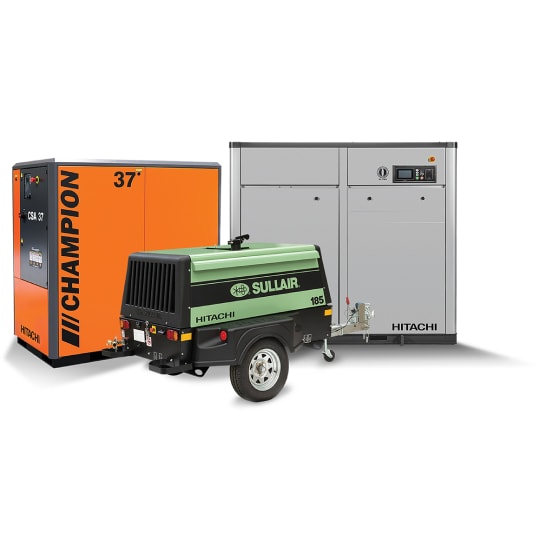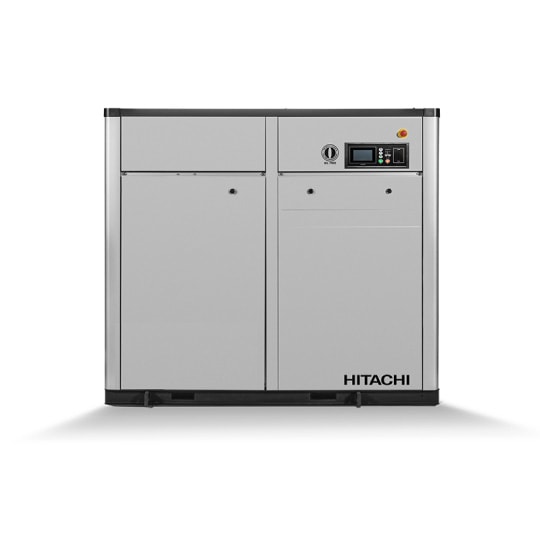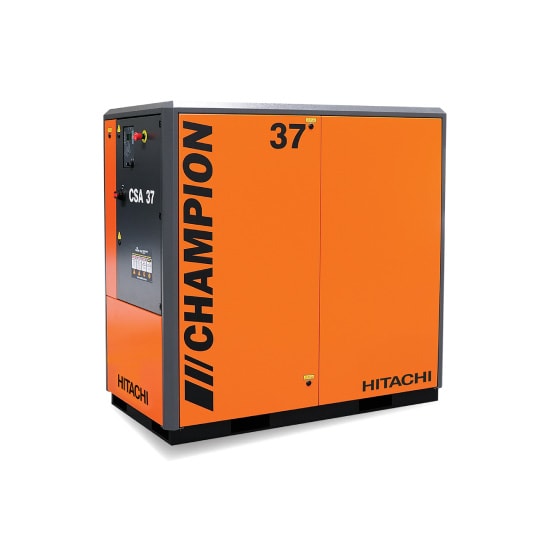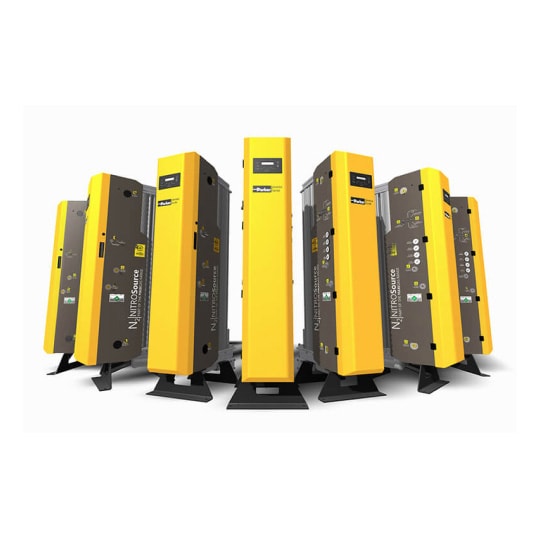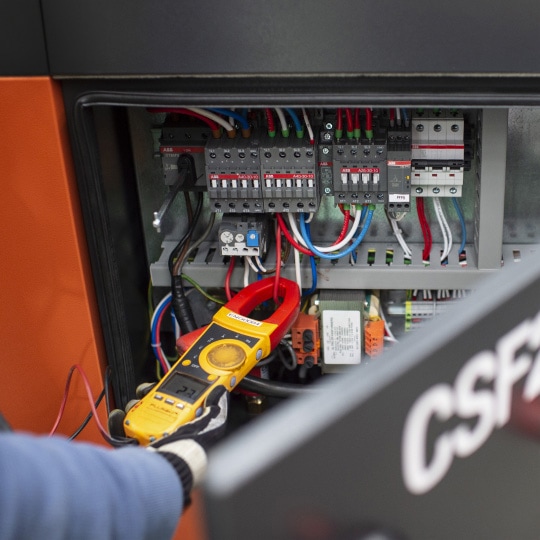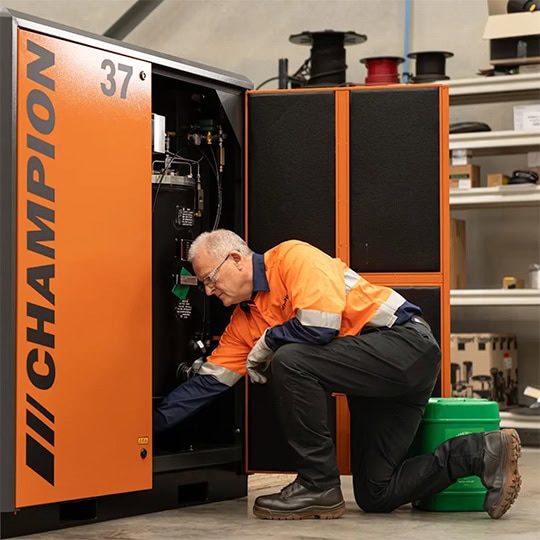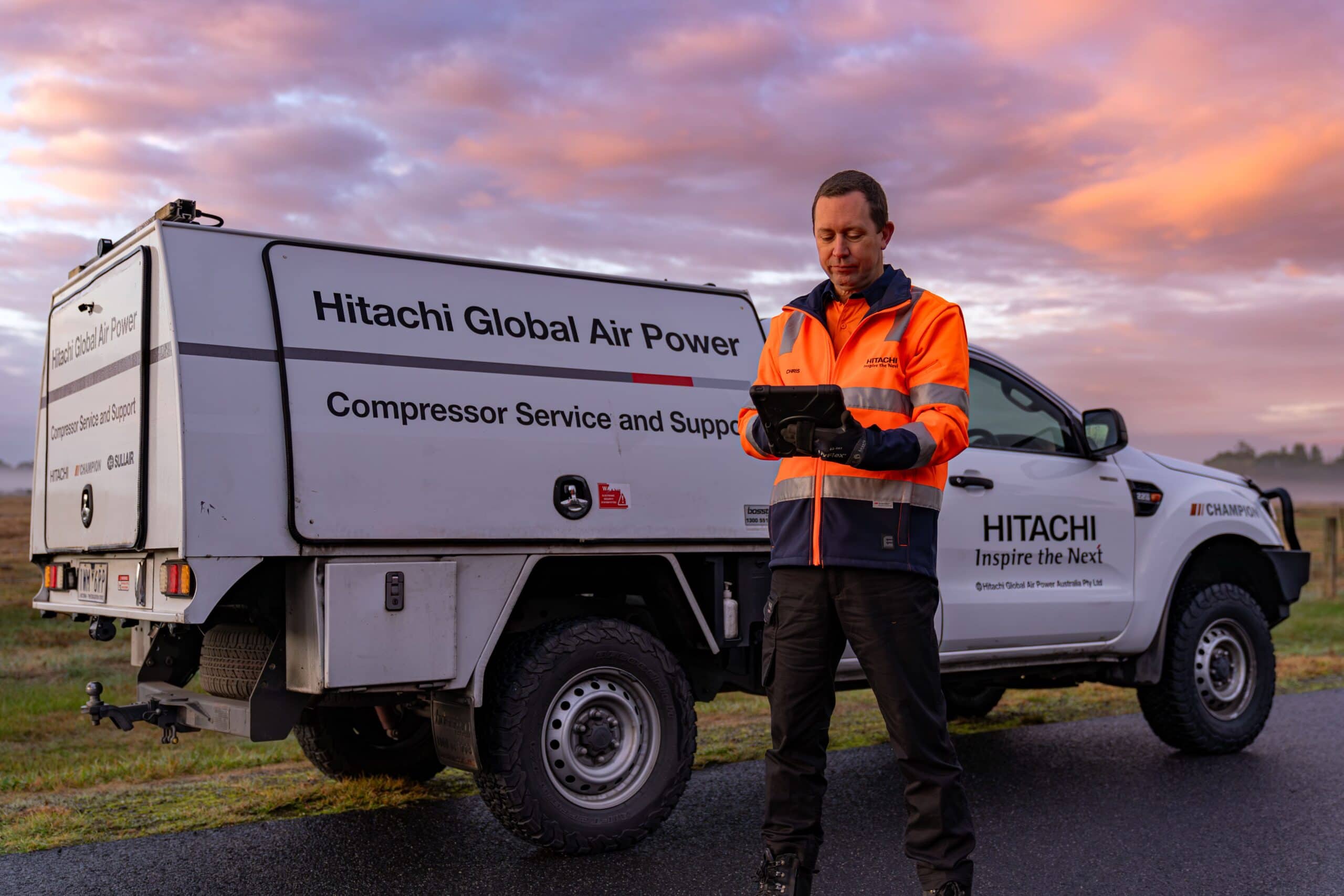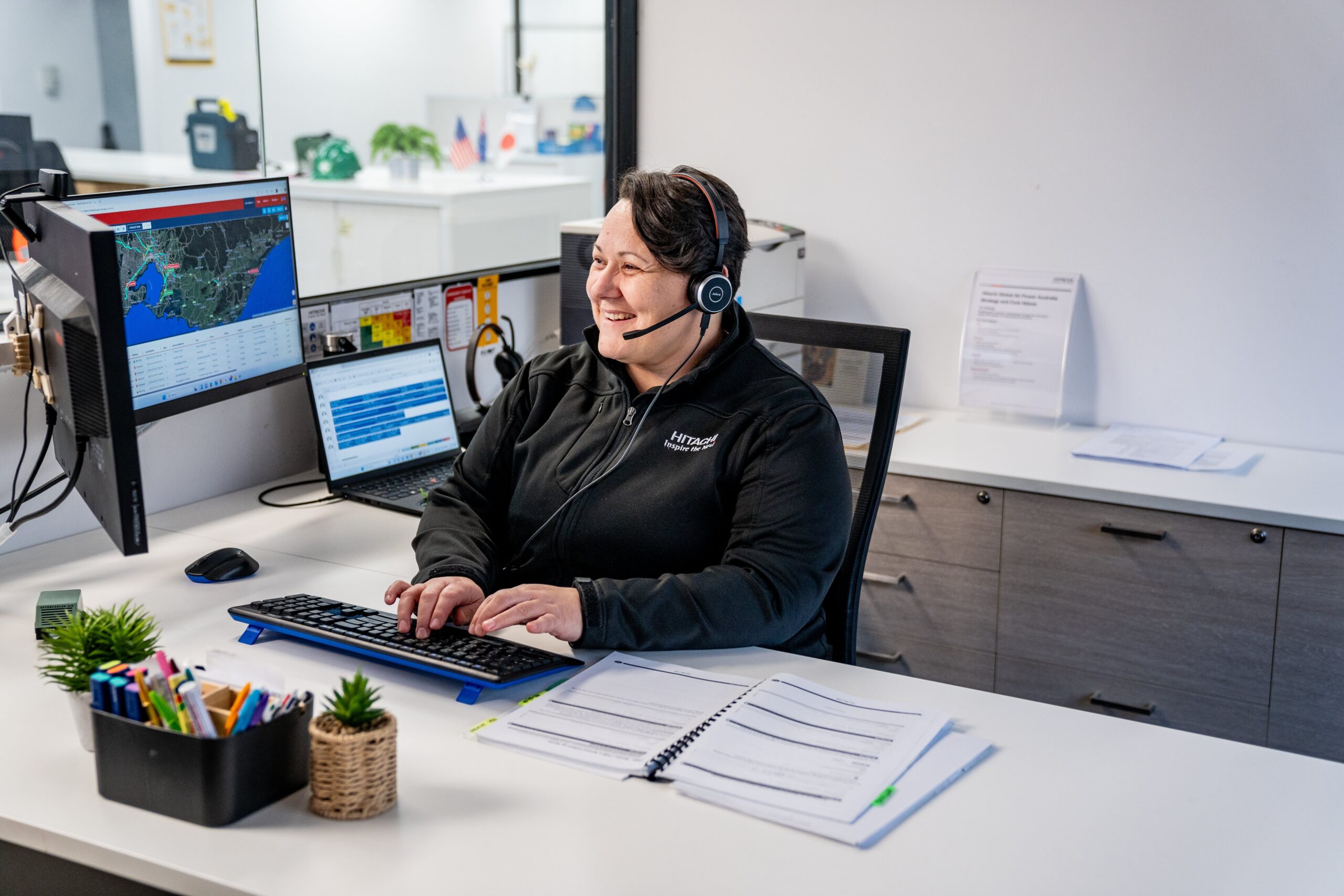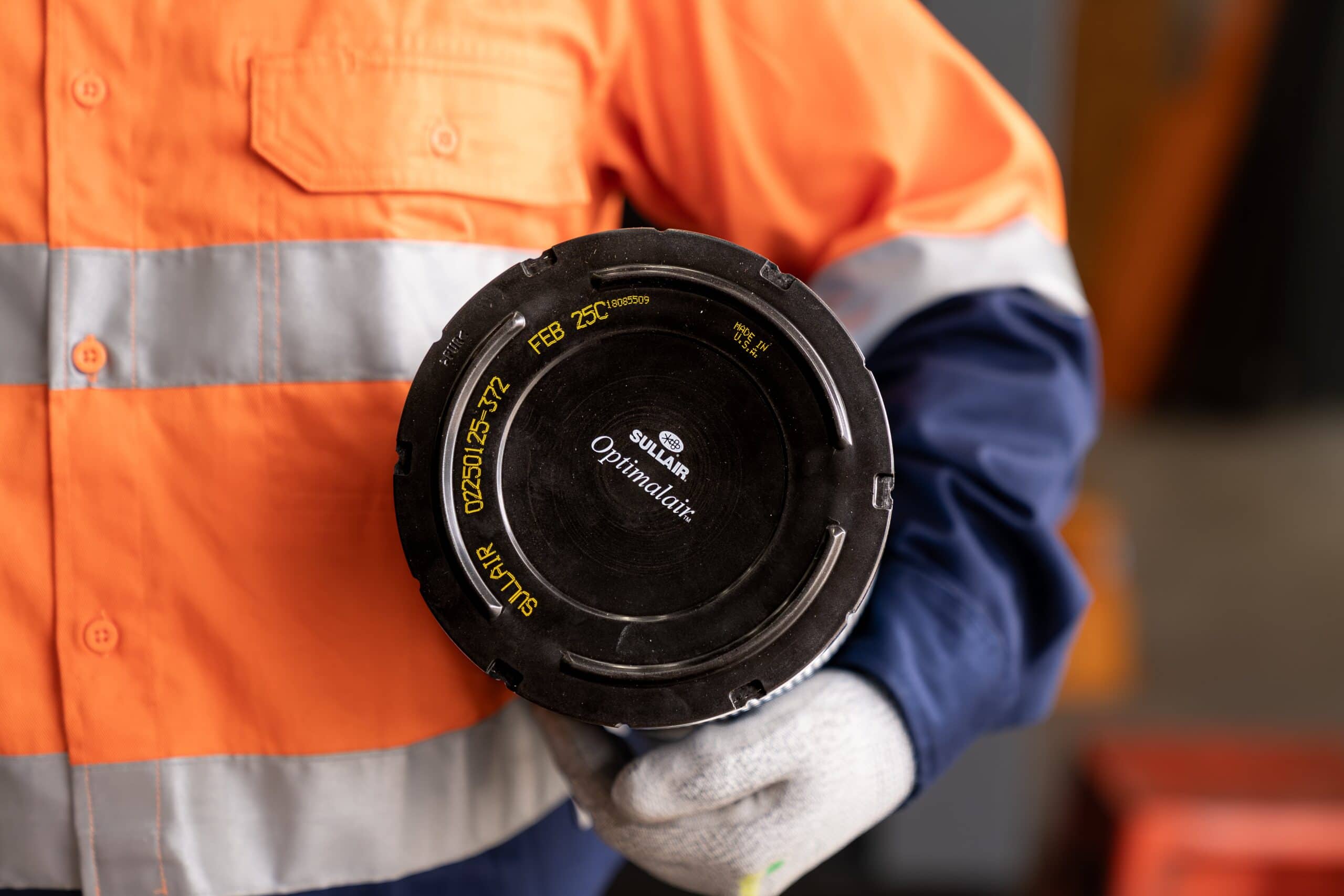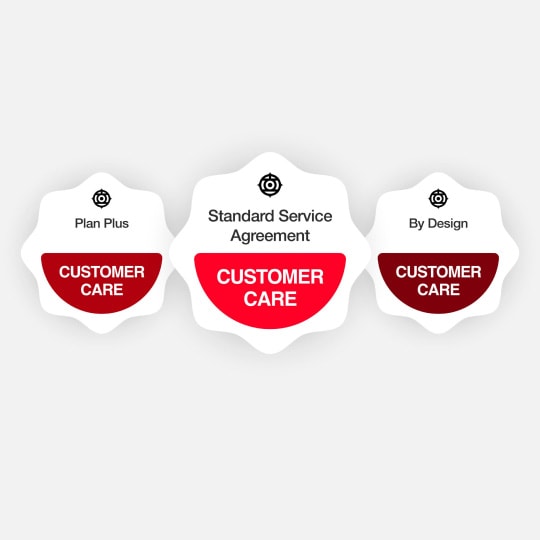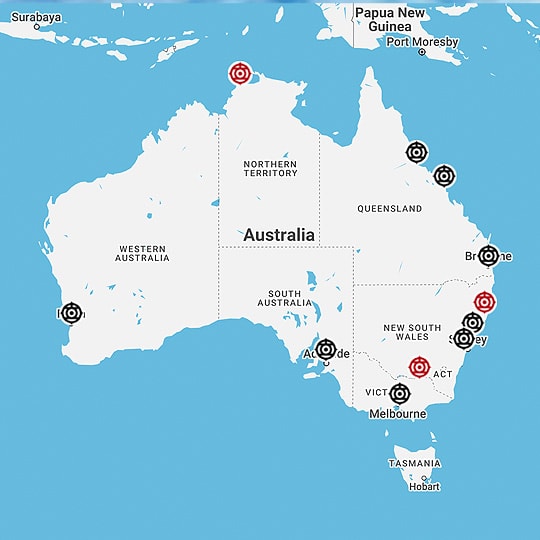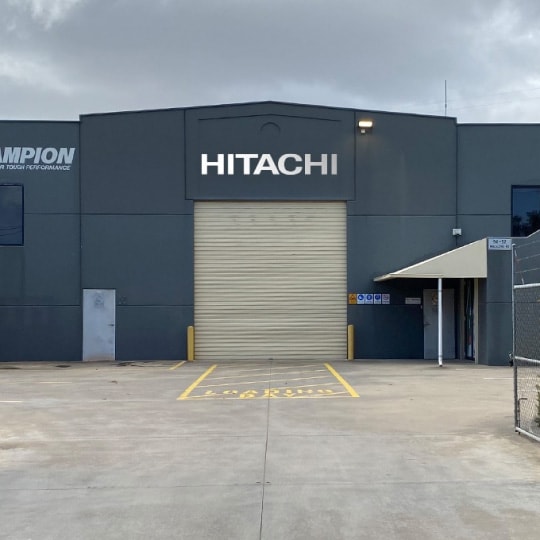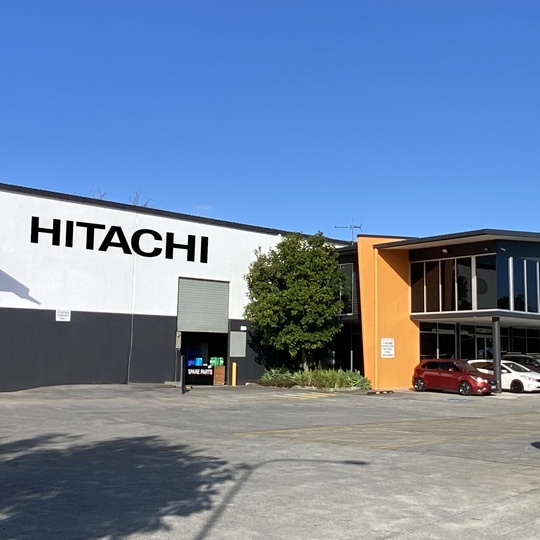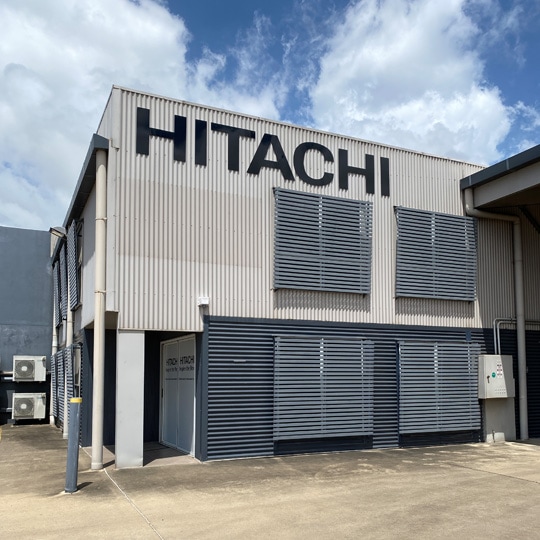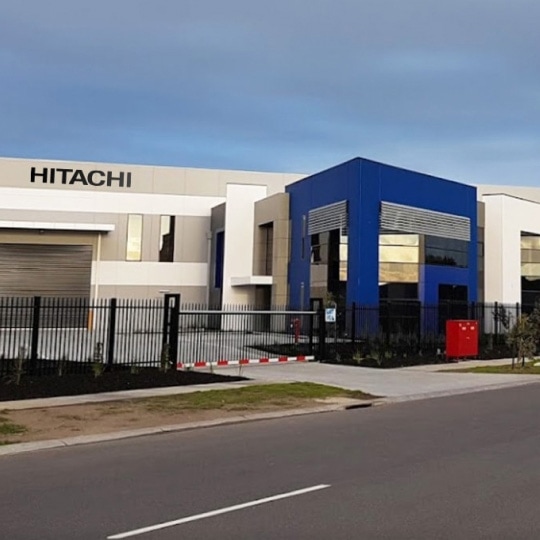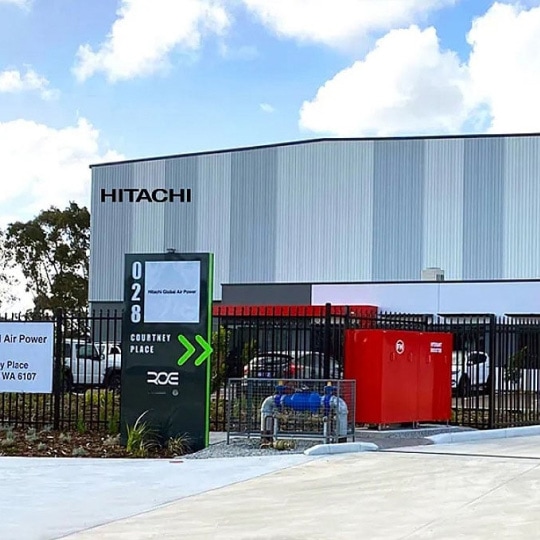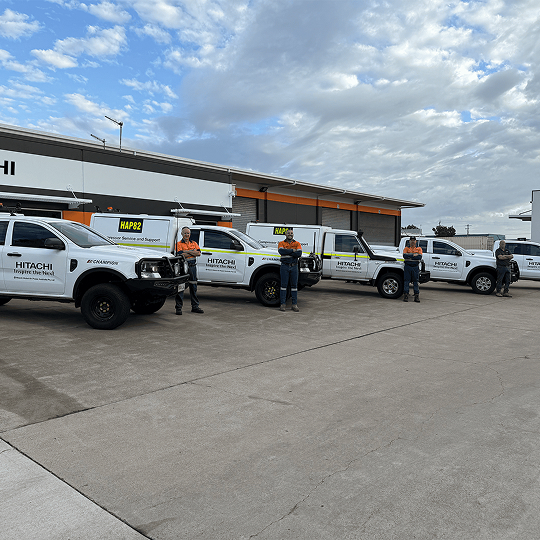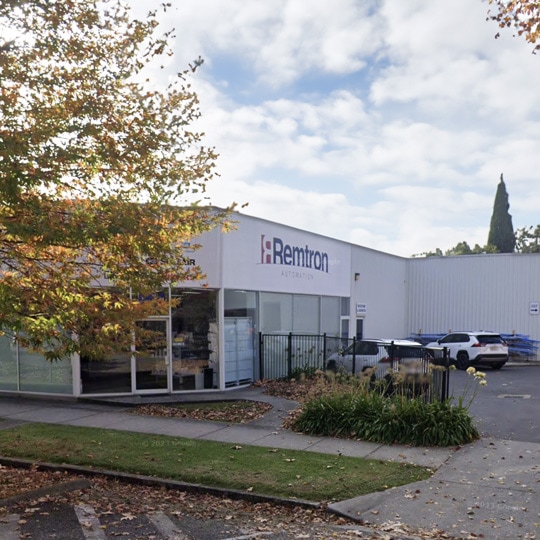
By Manhar Grewal and Sullair Australia
It’s important to pay attention to the details such as air filters and oil – as discussed in our post Attention to detail that improves your compressed air system but the bigger picture also matters.
Of course when you buy a brand-new rotary screw air compressor, efficiency is at its best, but if you are still working with existing equipment, it doesn’t mean your expectations should be compromised. There are some important routines you can implement into your maintenance schedule that ensure your air compressor system is optimised for efficiency and longevity, today and beyond.
Assess the compressor room and system as a whole
A compressor room is more than just a compressor, and as such, it’s necessary to look at all the other components. For instance, a properly sized tank (which is an essential component of a compressor system) can optimise the energy consumption from the compressor. Maintenance should make sure moisture is not being collected in the tank and that there’s no water in the tank. If there is water in the tank, it needs to be either removed or a higher quality drain invested in. There are multiple types of drains on the market, but not all are created equal. Some drains that let out moisture also end up letting out compressed air, and compressed air is money. This is compared to zero loss drains, which only let out moisture and not compressed air.
If inline filters are in place, make sure they’re being properly changed as per the time intervals required. Many inline filters have a gauge to show if they’re green (good) or red (need replacement). Take some time to inspect the filter element, not just the gauge. Also look at dryers to assess if they’re properly drying the compressed air, or if the dryer maintenance from the OEM is being followed. Drains on the dryer should also be inspected. Leaks are a big concern of any compressed air system so quality pipe should be used that doesn’t corrode (assuming replacement or selection of pipe for the compressed air system is possible). Make sure red rubber hoses, which are prone to leaking, are not used and replace and inspect properly.
Monitor load cycles
A compressor should be assessed to determine if it has a lot of load cycles or not, to ensure it’s not continuously turning on and off and that there’s proper time between each cycle. If it’s determined there are a lot of load cycles, adjustment of the pressure set points can rectify this. Even reducing the compressor by 2 psi can cut down on energy consumption. Changing the pressure however does not increase or decrease the air flow (cfm), which is a common misconception. By understanding what psi your downstream equipment truly requires, you can better align the output of your air compressor. Often end customers test the waters by turning down their compressor 1 psi each week and assessing how their downstream equipment reacts. Going into this, do understand if it begins impacting your equipment downstream, you will need to readjust accordingly (by increasing psi).
Book an air audit
Once you adjust your psi to the optimal pressure for your processes, you can book an air audit with Sullair Australia to determine where in your system you may be losing valuable airflow. An air audit assesses your machinery’s air usage to identify where energy may be being lost and provides custom solutions to help it run more efficiently. There could be a number of factors in the mix to cause this wastage to be present including things like air leakages, the condition of different machinery being operated in tandem or even the energy level at which a machine runs during the day, versus at night.
Everyone would love the efficiency of a brand-new air compressor, but we know the reality of challenging economic times. Fortunately, there are many simple and low-cost measures you can take today to ensure your current air compressor system is as optimized as possible to get you through to more promising economic times.
Interested in finding out more?
For more information please contact the Sullair Customer Care Plan representative nearest to you on 1300 266 773 or contact us here.

